| |||||||||
| |||||||||
| |||||||||
| |||||||||
| |||||||||
| |||||||||
| |||||||||
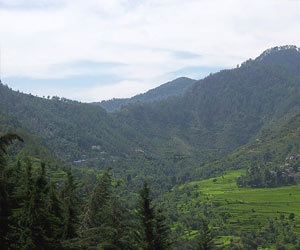 Pithoragarh,
located at an elevation of 1, 635 m above the sea level (5, 396 feet), is a
district in Uttarakhand with its headquarters in the town of the same name. It
is positioned in the centre of the western half of Soar Valley which bears a
resemblance to the Kashmir valley on a small scale. Pithoragarh is known as the
gateway to the Himalaya's from the north, as pilgrims trek through this town to
the Kailas Lake in Mansarovar and Om Parvat. Pithoragarh has been expansively
explained in a novel by American author Bradley Swift titled ‘From Pithoragarh
to Pittsburgh’.
Pithoragarh,
located at an elevation of 1, 635 m above the sea level (5, 396 feet), is a
district in Uttarakhand with its headquarters in the town of the same name. It
is positioned in the centre of the western half of Soar Valley which bears a
resemblance to the Kashmir valley on a small scale. Pithoragarh is known as the
gateway to the Himalaya's from the north, as pilgrims trek through this town to
the Kailas Lake in Mansarovar and Om Parvat. Pithoragarh has been expansively
explained in a novel by American author Bradley Swift titled ‘From Pithoragarh
to Pittsburgh’. Pithoragarh is a lovely place to begin your tour of the Himalayas. The valley of Pithoragarh has all that you would like to see snowcaps and glaciers, lakes, bubly rivers, dense conifer forests, and grassy alpine meadows. About one-third of Pithoragarh is perpetually covered by snow. It is comfortable to visit all round the year. One can enjoy a slew of adventure sports in Pithoragarh like hang gliding, paragliding, trekking, skiing, canoeing, river rafting and fishing.
History
The lineage of Pithoragarh can be traced to the age of Puranas when it flourished under different names, though no documents from that era has been recovered. What is known though, that Pithoragarh used to be an important stopover en route Kailasa Parbat. Ancient religious texts such as Rig Veda and Skanda Purana mention about the various tribes that inhabited the area.
How to Reach
Pithoragarh is one of the most beautiful, unpolluted and non-commercialized tourist places in the state of Uttarakhand. It is simply striking valley with a charming combination of rural and urban elements all in one place. There are many ways to reach Pithoragarh and though one might say the journey being strenuous, the natural beauty does inspire a visitor to come back repeatedly.
Temples
Temples are important structures in Pithoragarh for not only are they a place of worship but also a meeting point for people. Let's explore some of the most famous and ancient temples in Pithoragarh.
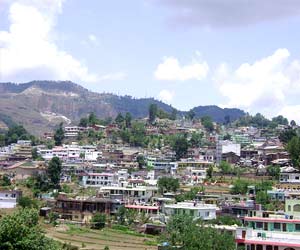 Pithoragarh
Weather
Pithoragarh
WeatherThe town of Pithoragarh is established in a valley surrounded by giant ice laden peaks which affect the weather of the Pithoragarh valley. Located at an altitude of 1,514 m (4,967 ft), Pithoragarh has a classic ‘mountainous’ temperature, i.e. tremendous disparity in temperature owing to great deal of elevation gradient.
Munsiyari
The name 'Munsiyari' means a 'place with snow'. Munsiyari is a tehsil and a town located in Kumaon Himalayas in Pithoragarh district within the hill state of Uttarakhand in India.
Places To See
Pithoragarh is quiet little hill station located in Uttarakhand state. Endowed with natural beauty in abundance, Pithoragarh is a destination that offers a retreat from the usual urban surrounds and maddening crowds of big cities.
Shopping
Pithoragarh is a beautiful hill station that has its share of traditional handicrafts and other local products you can shop for. Here you can look for traditional woven woolen shawls and blankets, apart from other woolen products. The designs and colors of apparels you find here are strikingly different and unique in themselves. Also, you can shop around for traditional gems and jewels found here.
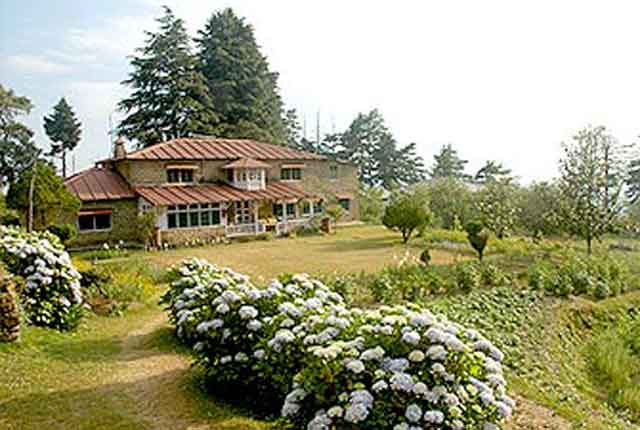
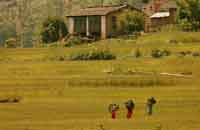
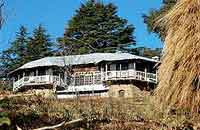
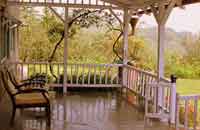
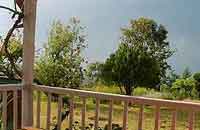
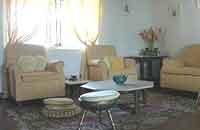
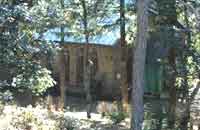
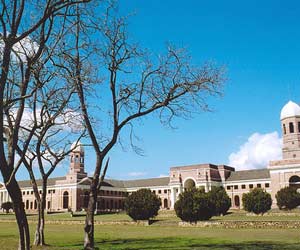 Dehradun
Dehradun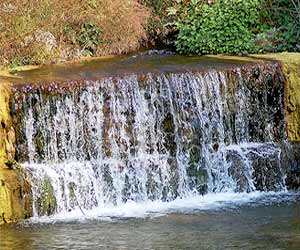
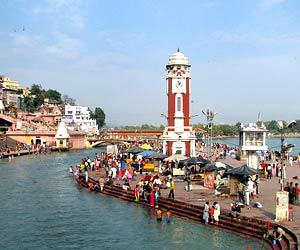 Haridwar
Haridwar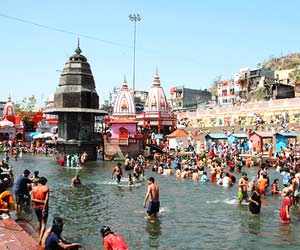
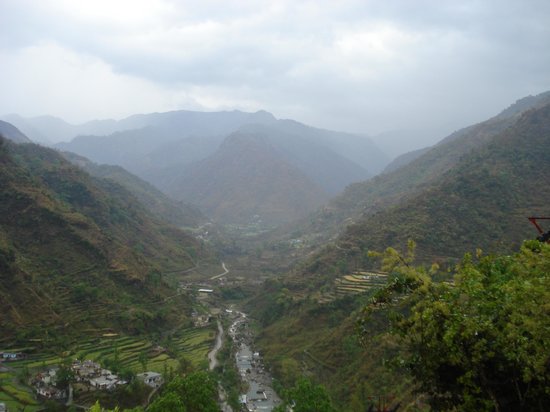

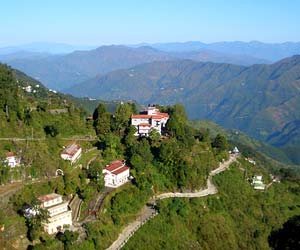 Mussoorie is
known for its healthy and pleasant weather. This attractive hill station has
always been tourists most favored destination away from the heat of the plains.
Situated at an altitude of approximately 7,000 feet above the sea level, it
abounds in natural beauty and scenic splendor. The ideal period for visiting
Mussoorie is either between April and May or between September and November,
when the temperature is extremely pleasant and the lush green flora has covered
the hill top completely. Let us get some information on the weather and climate
of Mussoorie.
Mussoorie is
known for its healthy and pleasant weather. This attractive hill station has
always been tourists most favored destination away from the heat of the plains.
Situated at an altitude of approximately 7,000 feet above the sea level, it
abounds in natural beauty and scenic splendor. The ideal period for visiting
Mussoorie is either between April and May or between September and November,
when the temperature is extremely pleasant and the lush green flora has covered
the hill top completely. Let us get some information on the weather and climate
of Mussoorie.









 Build in 1983 and also known as Lakshmi Naryan Mandir is dedicated to Lord Vishnu. Structurally similar to old Orissian temples, the chief temple houses the marble idol Vishnu or Narayan (the preserver) and Laxmi (goddess of wealth). On either side are installed the idols of goddess Durga and Lord Shiva in separate temples.
Build in 1983 and also known as Lakshmi Naryan Mandir is dedicated to Lord Vishnu. Structurally similar to old Orissian temples, the chief temple houses the marble idol Vishnu or Narayan (the preserver) and Laxmi (goddess of wealth). On either side are installed the idols of goddess Durga and Lord Shiva in separate temples.  Humayun's Tomb is an excellent example of early Mughal architecture with a bulbous dome, geometric patterns, high arches, spire, lattice stone windows, geometric proportions, etc. This quiet but splendid edifice was the last resting place of the second Mughal emperor, who strived all his life to be in Delhi, the city he loved. This building is set in the center of a charbagh or four-garden plan, which is further divided into smaller geometric sections by a network of water channels and fountains-a reflection of Persian influence, which had been adopted by the Mughals. Entry is free on Friday. On other days, there is a small entry fee. There is an excellent view of the surrounding country from the terraces of the tomb.
Humayun's Tomb is an excellent example of early Mughal architecture with a bulbous dome, geometric patterns, high arches, spire, lattice stone windows, geometric proportions, etc. This quiet but splendid edifice was the last resting place of the second Mughal emperor, who strived all his life to be in Delhi, the city he loved. This building is set in the center of a charbagh or four-garden plan, which is further divided into smaller geometric sections by a network of water channels and fountains-a reflection of Persian influence, which had been adopted by the Mughals. Entry is free on Friday. On other days, there is a small entry fee. There is an excellent view of the surrounding country from the terraces of the tomb.  In the heart of New Delhi,the bustling capital of India,a lotus-shaped outline has etched itself on the consciousness of the city's inhabitants, capturing their imagination, fuelling their curiosity,and revolutionising the concept of worship.This is the Bahá'í Mashriqu'l-Adhkar, better known as the "Lotus Temple".With the dawning of every new day,an ever-rising tide of visitors surges to its doorsteps to savour its beauty and bask in its serenely spiritual atmosphere. Rising up pure and unsullied from stagnant water, the lotus represents the manifestation of God. The architect used this ancient Indian symbol to create a design of ethereal beauty and apparent simplicity, belying the complex geometry underlying its execution in concrete form. The Lotus Temple provides one of the rare exceptions with its remarkable fusion of ancient concept, modem engineering skill, and architectural inspiration, making it the focus of attention amongst engineers and architects the world over.
In the heart of New Delhi,the bustling capital of India,a lotus-shaped outline has etched itself on the consciousness of the city's inhabitants, capturing their imagination, fuelling their curiosity,and revolutionising the concept of worship.This is the Bahá'í Mashriqu'l-Adhkar, better known as the "Lotus Temple".With the dawning of every new day,an ever-rising tide of visitors surges to its doorsteps to savour its beauty and bask in its serenely spiritual atmosphere. Rising up pure and unsullied from stagnant water, the lotus represents the manifestation of God. The architect used this ancient Indian symbol to create a design of ethereal beauty and apparent simplicity, belying the complex geometry underlying its execution in concrete form. The Lotus Temple provides one of the rare exceptions with its remarkable fusion of ancient concept, modem engineering skill, and architectural inspiration, making it the focus of attention amongst engineers and architects the world over.  This 240 ft tall tower is the tallest monument in India ushered in the new Indo-Islamic style of architecture, which was a fusion of the Indian and Mughal styles. A 7m (23ft) high iron pillar stands in the courtyard of the mosque. It's said that if you can encircle it with your hands whilst standing with your back to it, your wish will be fulfilled. However, a fence now protects the pillar.
This 240 ft tall tower is the tallest monument in India ushered in the new Indo-Islamic style of architecture, which was a fusion of the Indian and Mughal styles. A 7m (23ft) high iron pillar stands in the courtyard of the mosque. It's said that if you can encircle it with your hands whilst standing with your back to it, your wish will be fulfilled. However, a fence now protects the pillar.